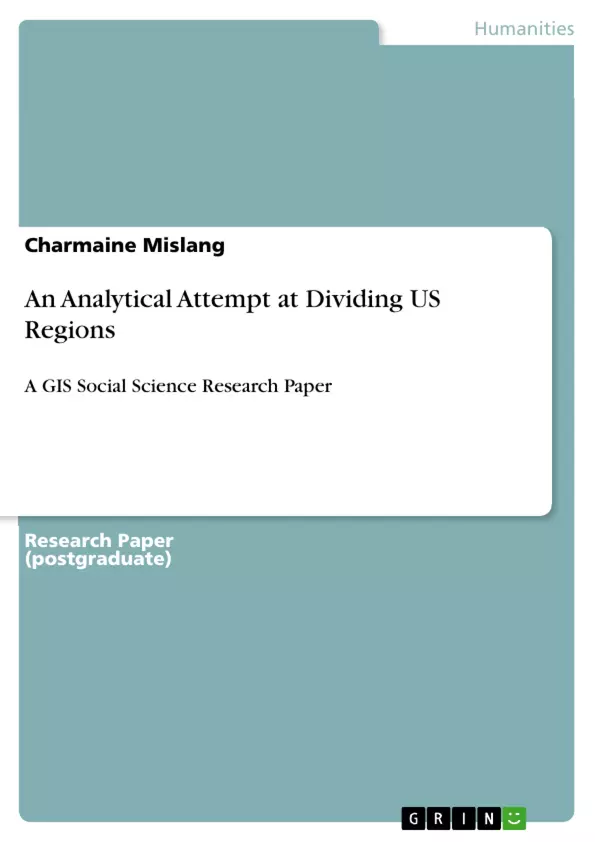The United States of America has had some astounding shifts and transformations throughout its years of evolution.
Fascinatingly, these changes are non-uniform. As our physical geography is gradually stabilizing, our country is becoming increasingly "functional", where our communities are created through connectedness (interactions) rather than relatedness (traits) (Lewis 1991, 608). By understanding these behavioral modifications, one can make an educational guess which parts of the US are characteristically "traditional", "voluntary", or even a transitioning region in today's distinctive, technological era (Zelinsky 1992). In addition, I georeferenced another map coming from a different perspective to further accentuate the outcomes of my investigation.
I surmised that finding my speech community first would create a foundation allowing for a starting point to reveal other aspects of the US that could separate or aggregate the states into groups (potential regions). With support through various discourses, I was able to form the General English (also known as Standard English) speech community most concentrated in the North East Coast. From here, I was able to choose religions and behavioral variables that complemented my region while also highlighting other potential groups.
I would like to note that this is indeed a very general examination of the US, but the concept at hand is highly significant because it gives others the opportunity to implement my ideas towards their own. The dissection of the US from multiple sources can push for mindful stimulation of thinking critically and creatively.
Inhaltsverzeichnis (Table of Contents)
- Introduction
- Speech Community
- Religion Types
- Behavioral Variables
- Georeferencing for Comparison
- Conclusion
Zielsetzung und Themenschwerpunkte (Objectives and Key Themes)
This paper aims to analyze the United States' regional divisions by examining speech communities, religious types, and behavioral variables. The goal is to identify potential regions based on these factors and to understand how they reflect the nation's evolving cultural landscape.
- The influence of speech communities, particularly General English (GE) and Substandard English (SSE), on regional identity.
- The relationship between religious affiliations and regional variations in language use.
- The role of behavioral variables in defining regional characteristics.
- The impact of immigration and cultural diversity on regional language and religious patterns.
- The connection between socioeconomic factors and regional language use.
Zusammenfassung der Kapitel (Chapter Summaries)
- Introduction: This chapter introduces the concept of "functional communities" in the US, emphasizing the shift from relatedness to connectedness. The author discusses the goal of identifying potential regions based on speech communities, religion, and behavioral variables.
- Speech Community: This chapter focuses on the General English (GE) speech community, predominantly found in the North East Coast. The author discusses the historical context of European influence and the impact of African American English (AAE) on the region.
- Religion Types: This chapter examines the distribution of different religious groups across the US, highlighting the relationship between religious affiliation and regional variations in language use. The author explores the influence of European-based religions and the role of immigrant populations in shaping religious landscapes.
Schlüsselwörter (Keywords)
This study focuses on keywords such as General English (GE), Substandard English (SSE), African American English (AAE), traditional regions, functional communities, cultural diversity, socioeconomic inequality, and religious affiliations.
- Quote paper
- Charmaine Mislang (Author), 2015, An Analytical Attempt at Dividing US Regions, Munich, GRIN Verlag, https://www.hausarbeiten.de/document/323094


